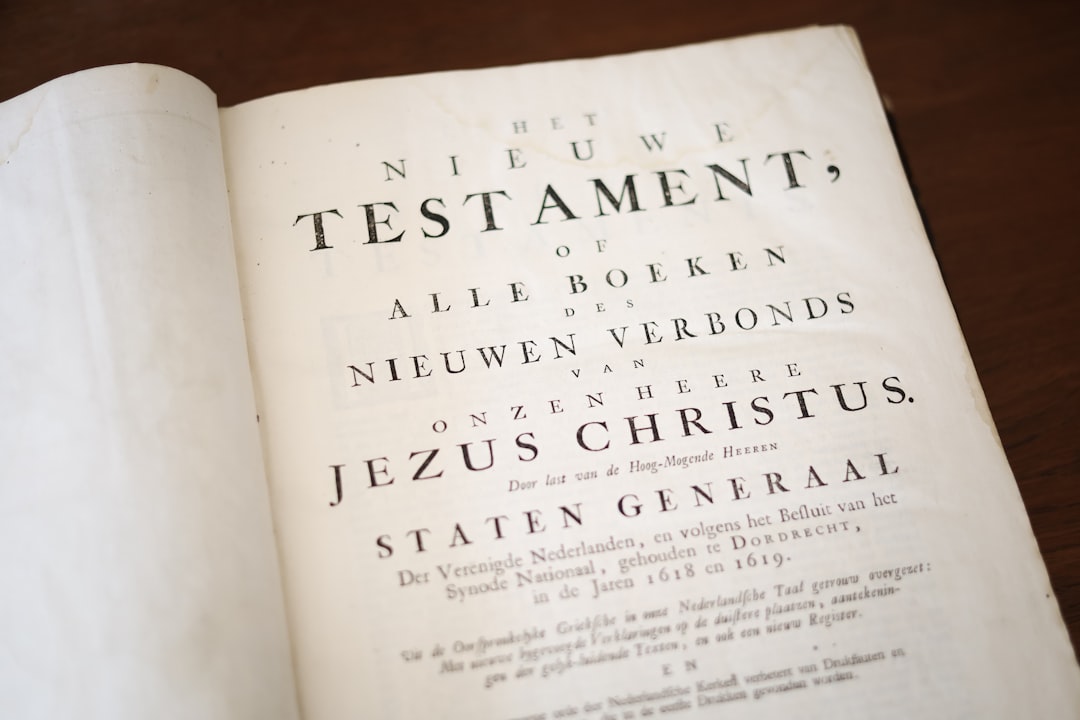What is it about?
Between 1840 and 1851, amateur and professional chess became an increasingly prominent part of the Victorian leisure world. A rapid rise in both literary output on the game and the number of places where it was played fortified the popular image of chess as rational and respectable. This paper challenges this image through close examination of the chess-player and writer George Walker’s 1840 article The Café de la Régence.
Featured Image

Photo by Michael Schmid on Unsplash
Why is it important?
By considering Mike Huggins’ challenge to the idea of a homogeneous Victorian middle-class respectability and taking up his implicit call to the historian of middle-class leisure to re-examine all leisure activities, particularly those that have, as the chess-player has until recently, evaded scholarly attention, this paper builds on revisionist challenges to the homogeneous respectability discourse. Providing an alternative reading of the chess-player as a potentially disreputable figure on display in the brightly-lit, notorious Parisian night, Walker depicts a loud, noisy, crowded, ill-mannered, sexist, and money-grabbing environment filled with passion and emotion, far removed from rational recreations that aimed at the individuals’ improvement of health and physique, and personal, civic and national prestige.
Perspectives
This is the first of a series of planned articles on the chess-player in Victorian society, examining the work of the chess-writer and chess-player George Walker.
Dr John J Sharples
Lancaster University
Read the Original
This page is a summary of: ‘I am a Chess-player’: Respectability in Literary and Urban Space, 1840–1851, Sport in History, March 2015, Taylor & Francis,
DOI: 10.1080/17460263.2015.1023825.
You can read the full text:
Resources
Contributors
The following have contributed to this page










